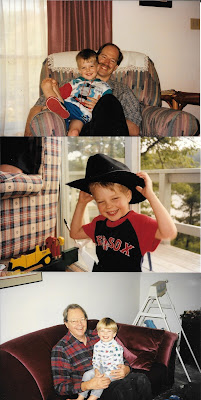In the next room: or The Vibrator Play
I had heard before that vibrators were used as medical devices to treat female hysteria,The movie "The Road To Wellville" touches on it tangentially. In the 19th century, however, hysteria was considered one of the most common disorders afflicting women. Doctors advised parents to keep their daughters from riding horseback, eating vanilla, or reading novels, for fear they might develop the condition. Beizer discovered that hysteria (which, according to the ancient Greeks, occurred when a woman's womb wandered around her body seeking its proper place) was seen by 19th century French physicians as a condition characterized by a woman's inability to find her proper place in the world.
In her book, "Ventriloquized Bodies: Narratives of Hysteria in Nineteenth Century France" (Cornell University Press, 1994), Beizer points out another characteristic of female hysterics was that they were unable to express their problem verbally (although they did express themselves in other ways-convulsions, fits, acting out, etc.). Novelists and medical writers took it upon themselves to fill the silence by explaining what those problems were, functioning as ventriloquists for the inarticulate women who suffered from the condition.
Now I find that the inimitable Sarah Ruhl wrote a play devoted to the subject, and it looks hilarious and touching. I would present some clips from "The Next Room: Or the Vibrator Play." I include two excerpts from the brilliant OBC. My favorite is the scene where the women are in hysterics over the laughable idea of experiencing an orgasm, or "paroxysm" as they call it, with their husbands. However, just read it, because the links never last.


Simply hilarious--and astounding really. Thanks for posting.
ReplyDelete